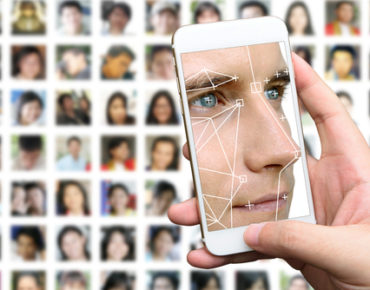Facial Coding vs. Facial Recognition – What’s the Difference?

Machine learning and AI have revolutionized every industry—from media and marketing to manufacturing, medicine and finance. The ability for sophisticated, self-improving algorithms to sift through massive troves of data and detect predictive patterns is a hammer looking for nails: the next problem to solve, the next efficiency to uncover, or established business practice to upend.
In recent years, this technology has advanced the field of emotion AI, particularly in regard to facial coding: the science of measuring human emotion through facial expressions. Pioneered by Paul Ekman, facial coding employs either trained human annotators or computer algorithms. In the latter, automatic detection occurs primarily via front-facing cameras with opt-in audiences. There are many applications and societal benefits for this technology.
At the same time, media interest in electronic surveillance and facial recognition technology has reached an alarmist threshold, with many reports speaking of AI advances in facial coding and surveillance in the same breath. However, the former rarely gives way to the latter, and privacy concerns around many applications of AI are unfounded.
Let’s review the distinctions between technologies related to the face:
- Facial Detection
To detect facial expression, the technology needs to first detect the location of a face. The output is a simple bounding box created by the coordinates of the face’s position.
- Facial Coding
The process of measuring human emotions through facial expression recognition, where appearance of certain facial expressions can be indicative of different emotional reactions. Facial expressions are classified by facial muscle movements, such as the corners of the mouth, eyebrows etc. Context in which a facial expression is displayed also plays an important role in this process.
- Facial Recognition
Unlike facial expression recognition and facial coding, facial recognition uses vectors that map out facial characteristics and compare the data from multiple facial images to identify a single person.
The public, broadly defined, has generally regarded rapid technology advances with a level of suspicion, but the simple fact remains: Facial coding and emotion AI have the power to transform industries and, when responsibly employed, improve people’s lives.
Responsible Application of Emotion AI
With fictional scenarios depicting AI have dominated popular culture for a generation or more, many people don’t understand the difference between general artificial intelligence—a synthetic consciousness, or a simulation of it —and more innocuous “narrow AI” applications that exist in today’s real world. Much of the commercial use of emotion AI today falls squarely into the latter category.
The ability for computers to make intelligent predictions based on facial coding is not the stuff of science fiction, nor does it portend a dystopian future. It has real commercial application today, and they’re based on real human feelings. In a 2018 report, Gartner predicted that 10 percent of personal devices will have emotion AI capabilities by 2022. In 2019, Gartner also predicted that by 2024 AI identification of emotions will influence more than half of the online advertisements you see.
Automated facial coding, specifically, has huge potential in a variety of applications, such as:
- Healthcare - pain and depression detection, tools for aiding people with autism and for enhancing focus
- Education, recruitment and training, adaptive learning programs based on measurement of attention levels
- Gaming and entertainment apps – adapting to emotions of players, creating better user experiences
- Marketing and media – ads and content diagnosis, prediction of view-through rates and social sharing
- Vehicle industry – personalizing settings and experiences to individuals, driver safety warning and detection
Automated facial coding can be both practical and ethical if it adheres to a few simple parameters:
- Opt-in: The people who participate in facial coding studies or real-time detection should overtly opt-in to allowing their emotional reactions to be measured.
- Transparency: Anonymize emotion measures by default, and only associate measures with individuals when there is a clear purpose and consent.
- Adult participants: Exclude children from facial coding, unless there is consent by a parent or guardian.
As with all new technologies, we must set expectations for the proper use of AI. But we mustn’t paint with a broad brush and lump highly valuable, innocuous applications in with questionable surveillance tactics. The potential of facial coding to improve human experience and well-being is great, so it is only responsible to embrace and apply the science.
Max Kalehoff is vice president of marketing and growth at Realeyes, a computer vision and emotion AI company.











